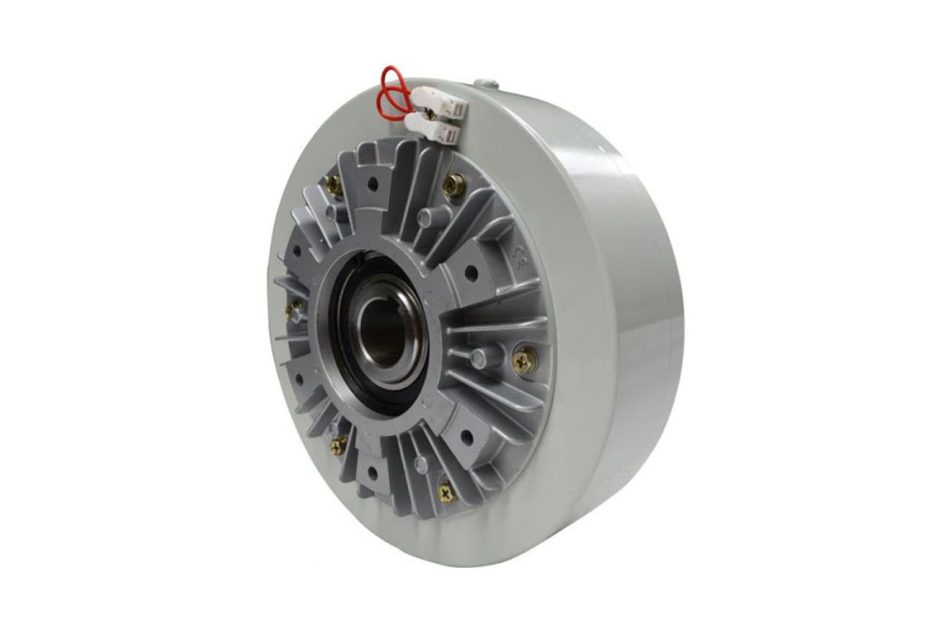Magnetic Particle Brakes (MPBs) are versatile and widely used in various industries for precise torque control. Understanding the torque control mechanism in these brakes is essential for optimizing their performance. This article delves into the intricacies of how Magnetic Particle Brakes operate and regulate torque.
Magnetic Particle Brakes rely on the principles of magnetism and rheology to control torque. The core components include a rotor, stator, and magnetic particles suspended in a fluid within the braking system. When the brake is engaged, a magnetic field is applied to the rotor, causing the magnetic particles to align and create resistance.
Torque Control Mechanism
The torque control mechanism in Magnetic Particle Brakes is achieved by modulating the strength of the magnetic field. This modulation directly influences the alignment of the magnetic particles and, consequently, the amount of torque transmitted through the system.
- Magnetic Field Strength Adjustment : The strength of the magnetic field is adjusted by varying the current supplied to the brake’s electromagnetic coil. This adjustment is a key factor in controlling torque. As the current increases, the magnetic field intensifies, leading to a higher degree of particle alignment and increased resistance, resulting in higher torque transmission.
- Fluid Viscosity and Particle Alignment : The viscosity of the fluid in which the magnetic particles are suspended also plays a crucial role in torque control. By altering the viscosity, the ability of the particles to align in response to the magnetic field changes. This provides an additional layer of control over the braking torque.
Magnetic Particle Brakes : Factors Influencing Torque Output
Several factors contribute to the overall torque output in Magnetic Particle Brakes, and understanding these factors is essential for precise control.
- Particle Concentration : The concentration of magnetic particles in the braking system directly affects torque. Higher particle concentration results in more resistance and, consequently, higher torque. This parameter can be adjusted to meet specific torque requirements for different applications.
- Temperature Effects : Temperature has a notable impact on the rheological properties of the fluid within the brake. As the temperature changes, the viscosity of the fluid also fluctuates, influencing the alignment of magnetic particles and, subsequently, the torque output.

Magnetic Particle Brakes : Torque Control in Real-world Applications
The versatility of Magnetic Particle Brakes extends to various applications, including industrial machinery, automotive systems, and robotics. The torque control mechanism allows these brakes to be tailored for specific operational needs.
- Industrial Machinery : In industrial settings, where precision and reliability are paramount, Magnetic Particle Brakes find applications in machinery requiring controlled deceleration and precise torque regulation. The ability to adjust torque according to the specific task enhances the efficiency and safety of these machines.
- Automotive Systems : Automotive applications benefit from the torque control offered by Magnetic Particle Brakes, especially in scenarios like anti-lock braking systems (ABS) and electronic stability control (ESC). The ability to modulate braking torque contributes to enhanced vehicle safety and performance.
- Robotics : In robotics, where precise motion control is essential, Magnetic Particle Brakes play a vital role. The torque control mechanism allows robots to execute intricate movements with accuracy, contributing to the overall efficiency and reliability of robotic systems.
Conclusion
In conclusion, the torque control mechanism in Magnetic Particle Brakes is a sophisticated interplay of magnetic fields, particle alignment, and fluid viscosity. Understanding the factors influencing torque output enables engineers and designers to fine-tune these brakes for diverse applications. The ability to seamlessly integrate torque control into real-world scenarios highlights the significance of Magnetic Particle Brakes in modern technology. As technology continues to advance, these brakes will likely play an even more integral role in achieving precise and efficient torque control across various industries.
